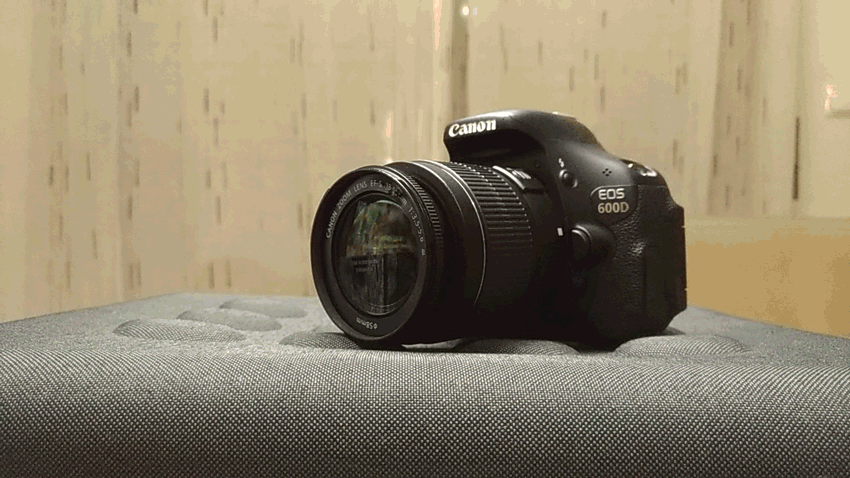
Hi there everybody :)
The images obtained in this macro photography session feature a shell as the central object, captured with a high degree of detail that allows us to observe the structural and material complexity of its surface. The background of the composition, blurred and composed of abstract contrasts in neutral white and gray tones, serves as a balanced visual base, helping to isolate and highlight the central object.
The shell exhibits a markedly rough texture, formed by several layers of accumulated sediment, evidencing the natural process of formation and wear over time. These layers are irregular, with small variations in relief that capture the light differently, creating a subtle and dynamic play of shadows. The surface also reveals the presence of distinct material, mineral and organic fragments that have become unified with the shell, adding visual complexity and suggesting a fusion between biological matter and environmental elements.
Gray and white tones predominate, intertwined with details in tan and orange-brown tones. This combination creates a balance between neutrality and warmth, reinforcing the object's sense of naturalness and authenticity. The tonal variations, although discreet, accentuate the three dimensional reading and reveal the heterogeneous character of its composition.
Let me share the visual result of this session:












Among the numerous techniques available for macro photography, this method is arguably the most cost-effective and efficient for individuals possessing a camera with a removable lens. By simply detaching the lens and reversing its direction, and employing an inversion ring, the process becomes more manageable and streamlined.
Technical Description of Macro Photography Session
Camera Settings
Focus Mode: Manual focus to ensure precision in specific details of structure.
Aperture: Variable aperture between f/4 and f/5 for adequate depth of field, ensuring all important details are in focus.
ISO: Low ISO setting (800) to minimize noise in images.
Shutter Speed: Adjust shutter speed as needed to avoid underexposure, while maintaining a value that allows you to capture sharp details.
Procedures
Environment Preparation:
Assembling the macro photography kit in a controlled environment, reducing dust and ensuring a clean, white surface for the subject.
Subject Positioning:
Positioning the subject to highlight its unique features, using appropriate supports to keep it stable during the session.
Lighting Adjustment:
Setting up the LED lights to ensure uniform lighting, adjusting the intensity and angle to eliminate unwanted shadows.
Image Capture:
Taking multiple shots, varying the aperture, shutter speed, and capture angle, exploring different perspectives and compositions.
Image Review:
Immediately analyzing the photos in the camera's viewfinder, verifying that all desired details were captured sharply and clearly.
Post-Production Editing:
Importing the images into editing software (Adobe Photoshop CS) to adjust brightness, contrast, sharpness, and correct imperfections.
To finish, i leave you with some considerations regarding these photo sessions:
Examining miniature subjects through macro photography reveals a compelling domain where minute details assume significant importance. Immersing oneself in the intricacies of these diminutive objects allows for the recognition of the often-overlooked beauty within this microenvironment. Each image captures a fleeting moment, showcasing the complexity hidden within the small-scale elements of nature. The essence of macro photography lies in its ability to elevate ordinary subjects to extraordinary levels, offering an intimate and captivating perspective.
The session is closed for today.
Hope you like it :)

These photos weren't taken with a tripod
Camera - Canon EOS 600D
Lens - EFS 18-55mm
Location - Portugal


See you soon
Thank you for watching
Never forget
The price of anything is the amount of life you trade for it.
Time is life... value yours, make every fraction worth it.